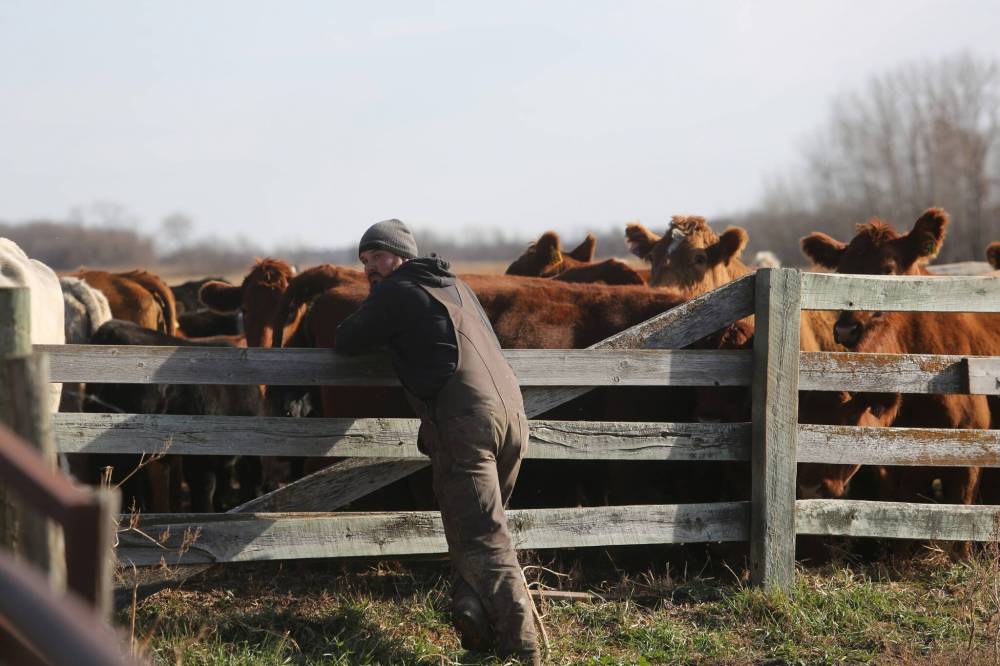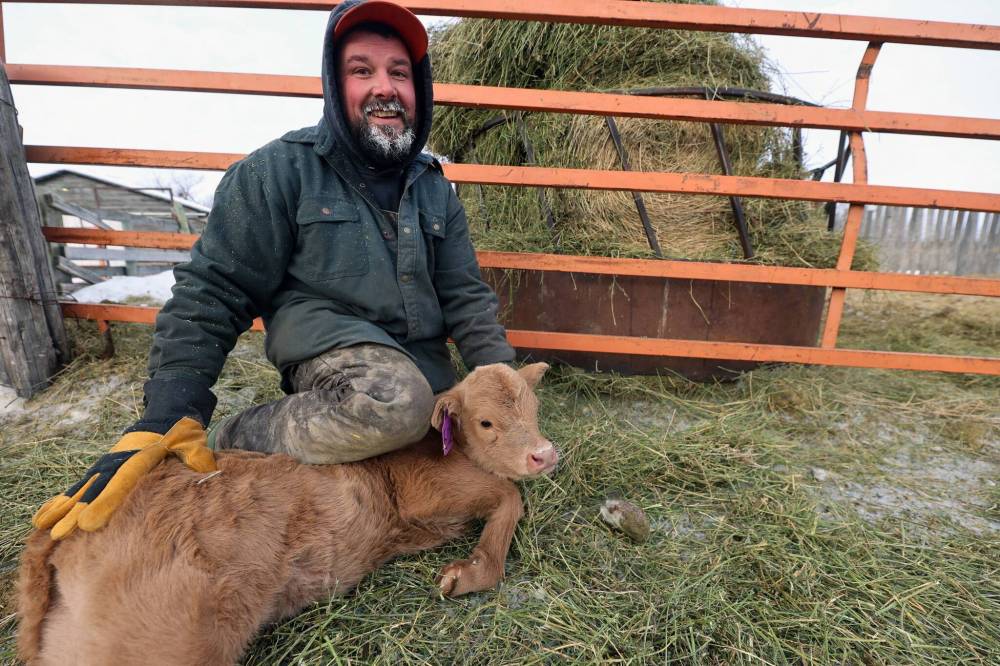Farmers bullish about high cattle prices
Advertisement
Read this article for free:
or
Already have an account? Log in here »
We need your support!
Local journalism needs your support!
As we navigate through unprecedented times, our journalists are working harder than ever to bring you the latest local updates to keep you safe and informed.
Now, more than ever, we need your support.
Starting at $15.99 plus taxes every four weeks you can access your Brandon Sun online and full access to all content as it appears on our website.
Subscribe Nowor call circulation directly at (204) 727-0527.
Your pledge helps to ensure we provide the news that matters most to your community!
To continue reading, please subscribe:
Add Brandon Sun access to your Free Press subscription for only an additional
$1 for the first 4 weeks*
*Your next subscription payment will increase by $1.00 and you will be charged $20.00 plus GST for four weeks. After four weeks, your payment will increase to $24.00 plus GST every four weeks.
Read unlimited articles for free today:
or
Already have an account? Log in here »
Ranchers have finished the year with a strong sense of optimism, according to the president of the Manitoba Beef Producers.
Following another season of high sales prices, cow producers are feeling hopeful and positive about their industry, Matthew Atkinson, organization president, told the Sun.
“It’s an optimistic group of folks out there, it’s really good to see,” he said.

The Neepawa-area beef producer heard the sentiment among producers through his role as the organization president, representing roughly 6,000 producers in the province.
“We definitely have record high cattle prices, it’s been climbing for a couple years,” Atkinson said. “It’s definitely profitable.”
Souris farmer Matt Fehr, who is trying to transition into the beef production industry from construction, is one of many ranchers across the province that reported a solid farm year.
After rounding up his herd and selling off calves this month, he told the Sun the year ended amazingly for him and his wife Kyra.
“Incredible to be honest,” he said.
Fehr grew his herd by at least 15 cattle this year, having started with 20. He told the Sun in February that he wants to continue expanding that herd in the future until it’s a full-time profession — but ironically, it may be hard to do that given today’s market.
When value of cattle is high, it’s harder to buy them to grow a herd, and it’s harder to resist selling them, Atkinson said. Today’s market conditions make it harder to expand in the profession or enter it; and it’s one thing producers should keep in mind while optimism runs high.
Planning is important: ranchers should think about management decisions on their farm, such as decisions about the size and quality of their herds.
“One thing I would always encourage folks to do is utilize these profitable times to build uniformity and resilience and efficiency in your cattle herd,” Atkinson said. “Because they are not going to be here forever.”
High sales prices can lead farmers to hang on to cattle that they ought to sell off, for example, he said. And people may start to lose a sense of urgency that they would have during tight times.
Atkinson said that under current prices, even some of the lowest-producing cows can be profitable, but that won’t always be the case. Price changes are the biggest vulnerability to cow producers, he said, and there is the chance that a market shift could turn some animals unprofitable without notice.
“Right now they are making us money, but we need to remind ourselves that it won’t last forever.”
It’s especially smart for farmers to keep in mind these types of possibilities today and plan ahead, so that they stay strong even when the times are not great, Atkinson said.

“It’s important to remind ourselves to do that, because the profit margins in the cattle are favourable right now, they’re good, and so we have to remind ourselves: (what) if we weren’t in such a favourable market?”
The future, however, looks hopeful still. Atkinson said there are a few forces driving up the value of cattle these days.
One example is that the United States has more demand for Canadian beef now that it suspended imports from Mexico amid parasite concerns. A flesh-eating worm led to the suspension in November of 2024, and the suspension returned on-and-off to present day. The suspension is currently in effect — which Atkinson said makes market winds more favourable for beef producers in Canada.
Another market force driving up the value for Manitoban ranchers is rarity, he said.
“We have very low cattle numbers in Manitoba, we have very low cattle numbers in Canada, we have very low cattle numbers in North America.”
The population is slow to build, Atkinson said, and it is unlikely that this trend of low cattle numbers will budge in the near future.
As of Oct. 3, 180,312 cattle had been sold in Manitoba. It was lower than the year before by about 7.2 per cent, according to the province’s market report.
The conditions come after some past years with low sales prices and other challenges such as drought.
» cmcdowell@brandonsun.com
